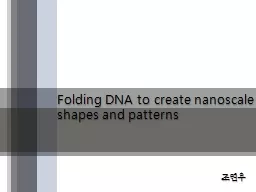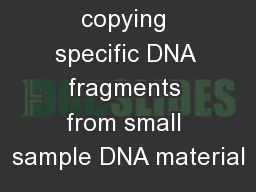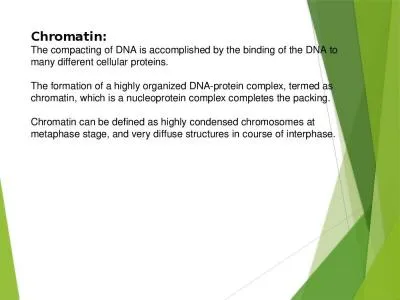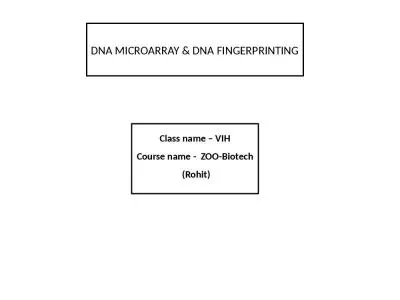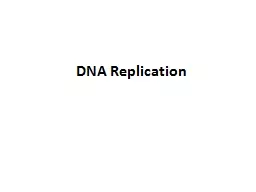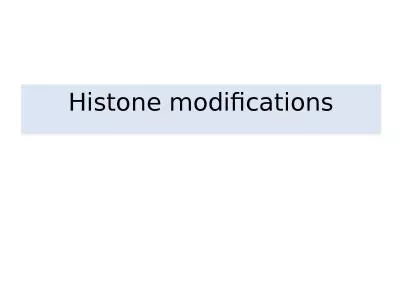PDF-Did Not Attend DNA Was Not BroughtWNBPolicyRefCLINStatus Ratifi
Author : daisy | Published Date : 2022-09-06
Ref CLIN0007Page of Ratified date 24 July 2019Did Not Attend DNA Was Not Brought Policy WNBLast amended 24 July 2019 Contents IntroductionWhy we need this poli
Presentation Embed Code
Download Presentation
Download Presentation The PPT/PDF document "Did Not Attend DNA Was Not BroughtWNBPo..." is the property of its rightful owner. Permission is granted to download and print the materials on this website for personal, non-commercial use only, and to display it on your personal computer provided you do not modify the materials and that you retain all copyright notices contained in the materials. By downloading content from our website, you accept the terms of this agreement.
Did Not Attend DNA Was Not BroughtWNBPolicyRefCLINStatus Ratifi: Transcript
Download Rules Of Document
"Did Not Attend DNA Was Not BroughtWNBPolicyRefCLINStatus Ratifi"The content belongs to its owner. You may download and print it for personal use, without modification, and keep all copyright notices. By downloading, you agree to these terms.
Related Documents





